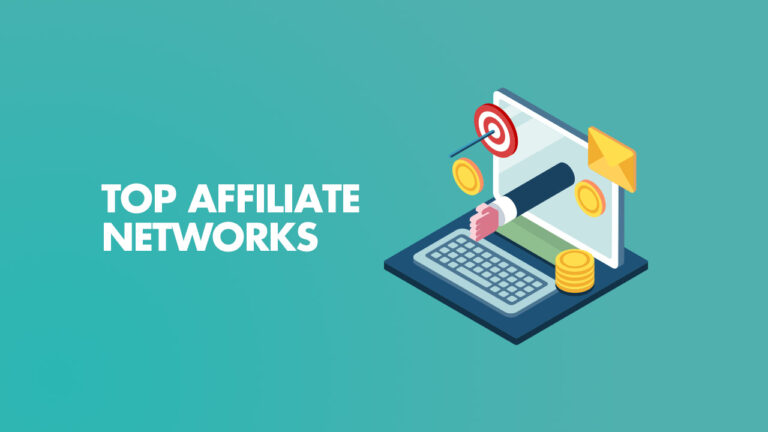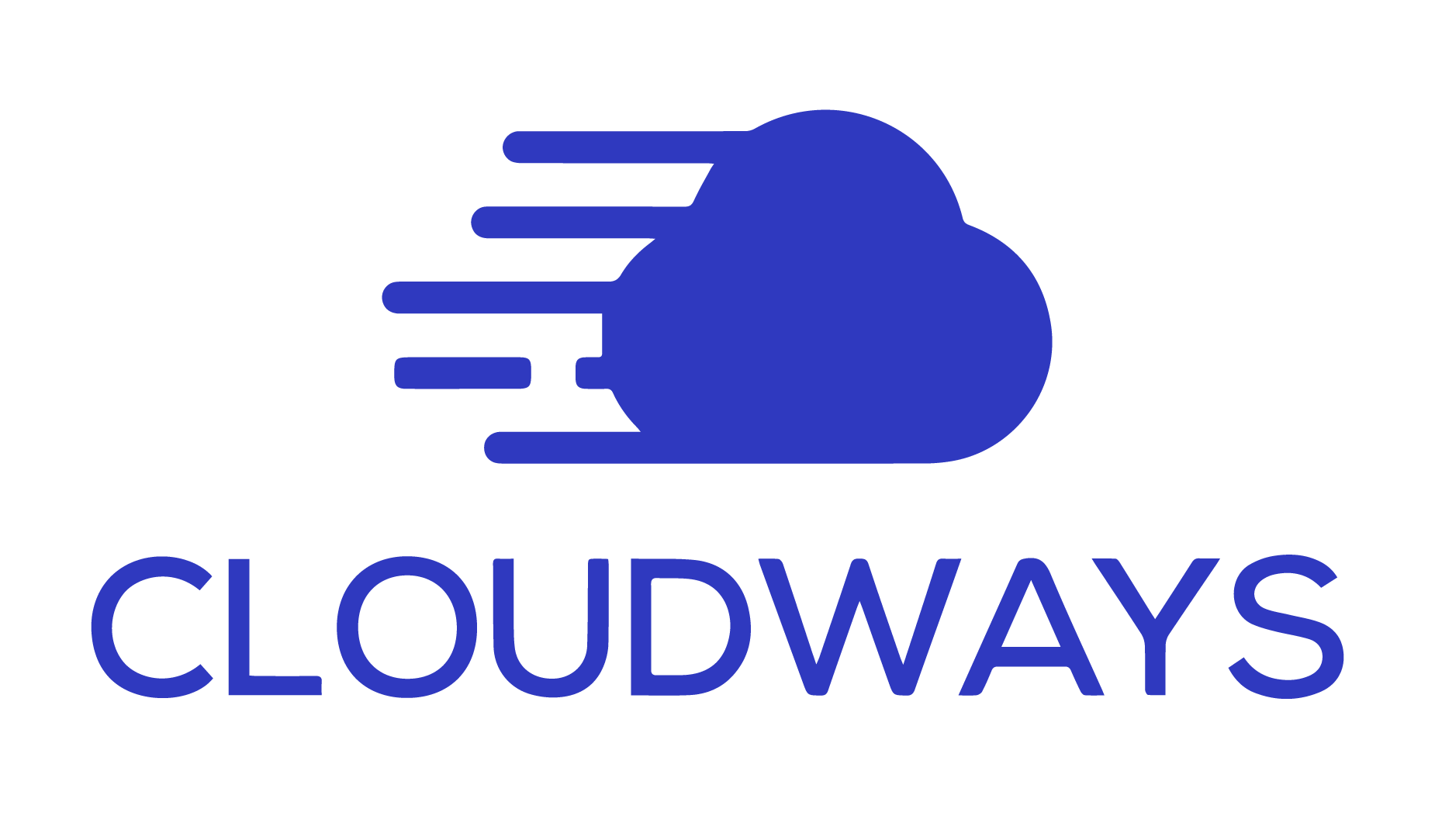The freelance economy is booming, offering immense opportunities to individuals looking to escape the 9-to-5 grind and earn a lucrative income on their terms. Among the countless skills in demand, some stand out as high-paying, making them the perfect choice for those who want to maximize their earnings.
In this article, we’ll explore what high-paying freelance skills are, how you can monetize them online, and a detailed breakdown of the top 7 high paying freelance skills you should consider. We’ll also dive into how to get projects and identify industries where opportunities are abundant. Finally, we’ll wrap up with practical tips to help you succeed as a freelancer.
Table of Contents
What Are High-Paying Skills?
High-paying skills are specialized abilities or expertise that businesses are willing to pay a premium for. These skills typically involve solving critical problems, generating significant revenue, or creating high-value outcomes for clients. Mastering such skills often requires a combination of education, training, and hands-on experience.
Key Traits of High-Paying Skills:
- In-demand: There’s a consistent need for these skills in the market.
- Specialized: They require expertise, not just basic knowledge.
- Revenue-driven: They directly or indirectly boost a client’s income or save costs.
- Scalable: These skills can evolve, allowing you to increase your rates over time.
How to Make Money Online with High-Paying Skills

- Freelance Platforms: Sign up on platforms like Upwork, Fiverr, or Toptal to find clients who need your skills.
- Create a Portfolio: Showcase your expertise with a professional portfolio that highlights your best work.
- Network: Use LinkedIn or attend virtual meetups to connect with potential clients.
- Content Marketing: Write blogs, create videos, or share insights to establish yourself as an authority in your field.
- Cold Pitching: Reach out to businesses directly, offering tailored solutions for their challenges.
Sure! Let’s dive deeper into each skill with more detailed explanations, real-world examples, and actionable tips.
1. Copywriting

What It Is:
Copywriting is the art of writing text that persuades readers to take specific actions. These actions could include buying a product, signing up for a newsletter, or clicking on a link. Unlike general content writing, copywriting focuses on conversion.
Why It’s High-Paying:
Businesses rely on copy to drive revenue. A single email campaign or sales page written by a skilled copywriter can generate thousands (or even millions) of dollars, which is why companies are willing to pay top dollar for quality work.
Examples:
- Sales Pages: Writing the landing page for a new SaaS product that converts visitors into paying customers.
- Email Campaigns: Crafting a series of emails for an e-commerce store’s holiday sale.
How to Excel:
- Learn proven frameworks like AIDA (Attention, Interest, Desire, Action).
- Study top-performing campaigns from big brands.
- Practice writing headlines and calls-to-action (CTAs).
Pro Tip: Start with small businesses or local entrepreneurs who need help improving their website or social media ads.
2. Graphic Design

What It Is:
Graphic design is about creating visually appealing designs to communicate messages effectively. This includes logos, branding materials, website graphics, product packaging, and more.
Why It’s High-Paying:
In a world driven by visuals, businesses depend on graphic designers to create memorable brands and marketing materials. Exceptional design enhances credibility and captures attention, which can directly lead to higher sales.
Examples:
- Branding: Designing a logo and color palette for a new fashion brand.
- Marketing Materials: Creating social media templates and posters for a restaurant’s grand opening.
How to Excel:
- Master tools like Adobe Photoshop, Illustrator, and Canva.
- Stay updated on design trends to create fresh and modern visuals.
- Develop a niche, such as packaging design or UX/UI design.
Pro Tip: Start by offering affordable packages to local businesses and build your portfolio with case studies.
3. Web Development

What It Is:
Web development involves creating and maintaining websites. It can be split into three categories:
- Front-End Development: Focuses on what users see (e.g., layouts, buttons, animations).
- Back-End Development: Handles the server, database, and other behind-the-scenes processes.
- Full-Stack Development: Combines both front-end and back-end skills.
Why It’s High-Paying:
A professional website is a must-have for any business, making skilled web developers indispensable. As businesses move online, the demand for web development continues to soar.
Examples:
- E-commerce: Building a Shopify website for a clothing brand.
- Corporate Websites: Developing a sleek portfolio website for a law firm.
How to Excel:
- Learn popular languages like HTML, CSS, JavaScript, and frameworks like React or Angular.
- Focus on user experience (UX) to build websites that are both functional and visually appealing.
- Practice by creating your own projects or contributing to open-source ones.
Pro Tip: Specialize in a niche, such as WordPress development or custom e-commerce solutions, to stand out.
4. Digital Marketing

What It Is:
Digital marketing is the process of promoting products or services using online platforms. It includes social media marketing, SEO, paid ads, email marketing, and more.
Why It’s High-Paying:
Businesses constantly seek ways to drive traffic, generate leads, and increase sales. Skilled digital marketers who can deliver measurable results are highly valued.
Examples:
- SEO: Optimizing a blog for a travel agency to rank higher on Google.
- Paid Ads: Running a Facebook ad campaign for a fitness coach to attract new clients.
How to Excel:
- Learn tools like Google Analytics, Facebook Ads Manager, and SEMrush.
- Stay updated with algorithm changes on social media and search engines.
- Practice by managing small ad budgets and tracking ROI.
Pro Tip: Work with industries like e-commerce or real estate, where the ROI on digital marketing is easy to measure.
5. Video Editing

What It Is:
Video editing involves piecing together raw footage, adding effects, and refining the overall quality to create compelling videos. These videos can be used for social media, advertising, training, or entertainment.
Why It’s High-Paying:
With the explosion of video content on platforms like YouTube, Instagram, and TikTok, high-quality video editing has become a must-have service for brands and creators.
Examples:
- Social Media Ads: Editing a 30-second video ad for a cosmetics brand.
- YouTube Content: Editing vlogs for influencers or tutorial videos for educators.
How to Excel:
- Master software like Adobe Premiere Pro, Final Cut Pro, or DaVinci Resolve.
- Understand storytelling to keep viewers engaged.
- Add value by learning motion graphics or color grading.
Pro Tip: Target industries like content creation, fitness, or real estate for a steady flow of projects.
6. Data Analysis

What It Is:
Data analysts interpret raw data to identify trends, make predictions, and help businesses make informed decisions. They use tools like Excel, Python, SQL, and Tableau to visualize data.
Why It’s High-Paying:
As businesses become more data-driven, they rely on analysts to extract actionable insights. Skilled analysts can save companies money or drive significant growth.
Examples:
- Retail: Analyzing sales data to identify bestselling products and optimize inventory.
- Healthcare: Predicting patient trends to improve resource allocation.
How to Excel:
- Learn data visualization techniques to present findings effectively.
- Develop expertise in advanced tools like R, SAS, or Power BI.
- Practice by analyzing publicly available datasets.
Pro Tip: Industries like finance, healthcare, and logistics provide numerous opportunities for data analysts.
7. Online Tutoring

What It Is:
Online tutoring involves teaching students or professionals through virtual platforms. It can range from academic subjects to soft skills, technical training, or test preparation.
Why It’s High-Paying:
People are willing to pay for personalized learning experiences, especially in competitive fields like language learning, coding, or test prep.
Examples:
- Test Prep: Teaching SAT strategies to high school students.
- Professional Skills: Training corporate employees on Excel or PowerPoint.
How to Excel:
- Focus on your area of expertise and create a niche (e.g., teaching French to beginners).
- Use interactive tools like Zoom whiteboards or gamified quizzes to engage students.
- Gather testimonials from successful students to build credibility.
Pro Tip: Platforms like Udemy, Skillshare, or VIPKid make it easy to start without needing to build your own audience.
How to Get Projects for These Skills
- Freelance Platforms: Use sites like Fiverr, Upwork, or Toptal to access global clients.
- Direct Outreach: Cold email businesses in industries that can benefit from your services.
- Networking: Attend webinars, LinkedIn events, or join relevant Facebook groups.
- Referrals: Deliver great work and ask satisfied clients to recommend you.
- Content Creation: Establish yourself as an expert by sharing insights or tips related to your skill.
Industries with Easy Opportunities
Certain industries are more open to freelancers, including:
- Startups: They often need cost-effective solutions.
- Small Businesses: Many lack in-house talent for specialized tasks.
- Content Creation: Influencers and brands require ongoing help with graphics, videos, or writing.
- Education: A booming sector for online tutoring and course creation.
7 FAQs About High-Paying Freelance Skills
1. What are the most in-demand freelance skills in 2024?
The most in-demand freelance skills in 2024 include copywriting, graphic design, web development, digital marketing, video editing, data analysis, and online tutoring. These skills are highly sought after because they directly contribute to business growth and profitability.
2. How can I learn a high-paying freelance skill?
You can learn a high-paying skill through:
Online Courses: Platforms like Coursera, Udemy, and LinkedIn Learning offer affordable courses.
Practice Projects: Build hands-on experience by working on personal or open-source projects.
Mentorship: Connect with experts in your chosen field for guidance.
Free Resources: Use YouTube tutorials, blogs, and forums to learn foundational knowledge.
3. How much can I earn as a freelancer with these skills?
Earnings vary based on your expertise, industry, and the type of clients you work with. On average:
Copywriters: $30–$150/hour or $500–$5,000 per project.
Graphic Designers: $25–$100/hour or $300–$2,000 per project.
Web Developers: $40–$200/hour or $1,000–$10,000 per project.
Experienced freelancers often charge premium rates, earning $10,000+ per month.
4. How do I start freelancing without experience?
Build a portfolio by creating sample projects or working for friends/family.
Offer discounted or free services to your first few clients to gain testimonials.
Join beginner-friendly platforms like Fiverr or Freelancer.
Invest in learning and practicing consistently to improve your skills.
5. Which industries are the easiest to target for freelance projects?
Some industries with abundant freelance opportunities include:
E-Commerce: They need help with websites, ads, and marketing.
Content Creation: Influencers require video editing and social media management.
Education: Online tutoring and course creation are growing fields.
Startups: They often outsource tasks like branding, website creation, and marketing.
6. How do I stand out as a freelancer in a competitive market?
Specialize: Focus on a niche within your skill (e.g., email marketing for SaaS companies).
Show Results: Share case studies or testimonials highlighting your impact.
Offer Value: Provide extra insights, quick communication, or bonus services.
Personal Branding: Use LinkedIn, blogs, or social media to showcase your expertise.
7. Is freelancing sustainable as a full-time career?
Yes, freelancing can be a sustainable and highly rewarding career. It offers flexibility, unlimited earning potential, and the freedom to choose projects. To make it sustainable:
Build a strong network of clients.
Diversify income sources (e.g., freelance work, courses, or passive income).
Keep upgrading your skills to stay relevant in a competitive market.
Conclusion
Mastering a high-paying freelance skill is your gateway to financial freedom and career satisfaction. Whether it’s crafting compelling copy, designing eye-catching visuals, or analyzing critical data, opportunities abound. Focus on honing your expertise, building a solid portfolio, and connecting with the right clients. With persistence and the right approach, you can thrive in the freelance economy and enjoy a fulfilling career.
Now it’s your turn! Which skill resonates with you the most? Let us know in the comments below.
- Online Passive Income Starter Kit Review: Your Gateway to Financial Freedom
- How to Grow App Installs: The Ultimate Guide
- How to Get Architect Freelance Work and Own Projects
- Loans for Bad Credit: Your Ultimate Guide to Finding Financial Help in the USA
- DeepSeek vs ChatGPT: Which AI Chatbot Delivers Better Results for Affiliate Marketing?









Pingback: Crafting the Best Resume for a High-Paying Job - Social Mohalla